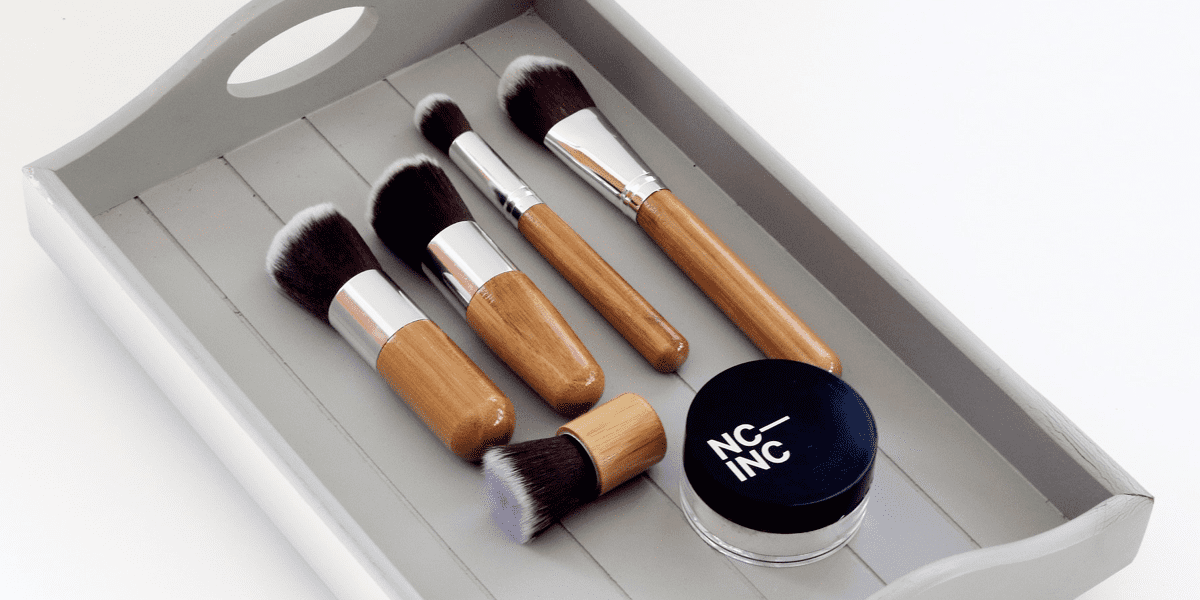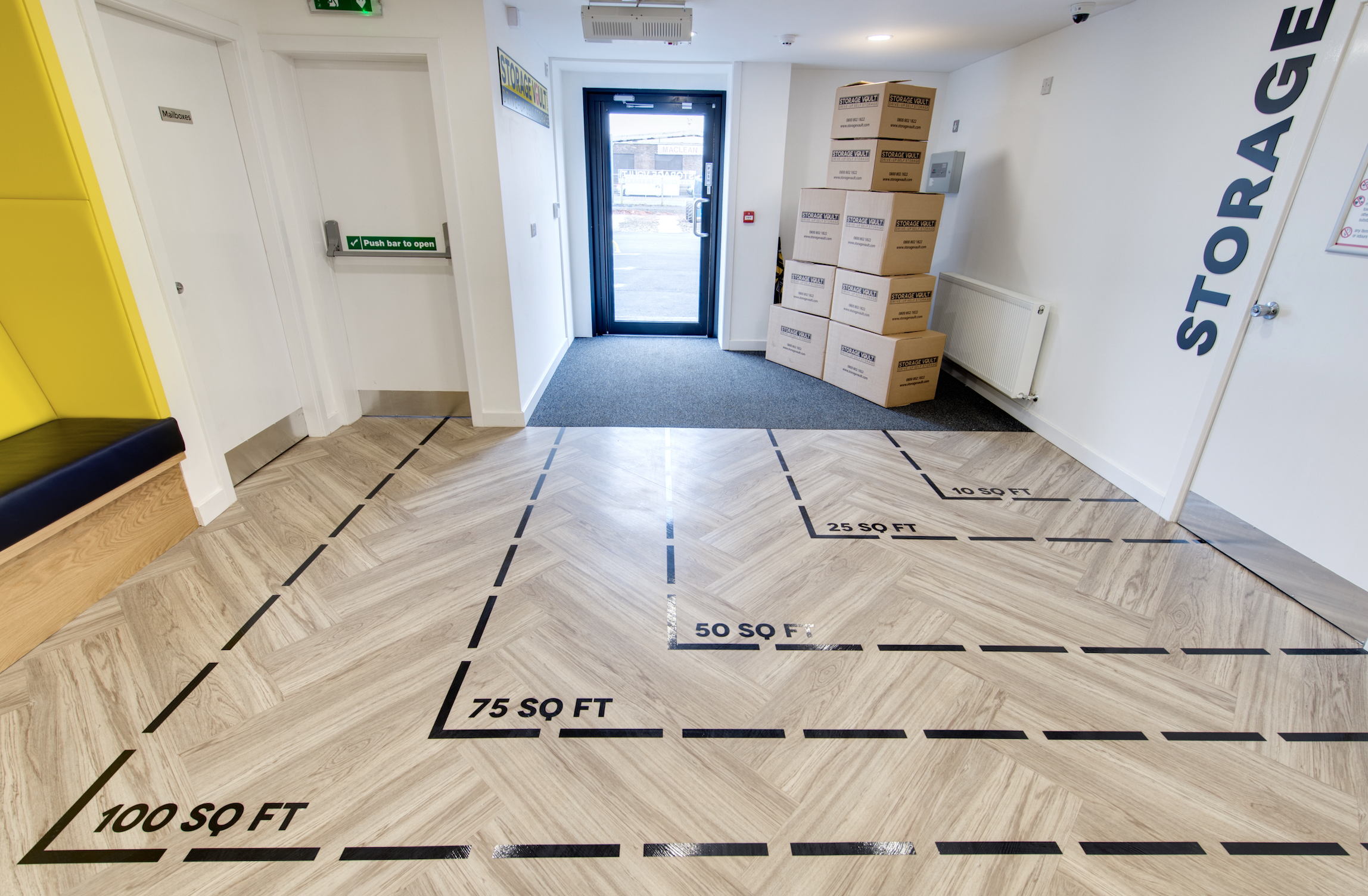Camping Storage Solutions: How To Pack Your Rucksack

When you’re going on an overnight camping hike, it’s natural to have worries. Will a wild animal eat me in the night? What happens if I get lost on the mountain? Or drown in marsh? Where on earth will I find a quiet place to go to the toilet?
Not many of us worry about something that is actually a much bigger concern. And it’s literally a huge weight on your shoulders!
That’s right. Your rucksack.
Your rucksack is the most essential part of your camping gear because it’s where you store every single item you take with you. But it’s also the thing you strap to your back and carry for hours and hours and hours.
That’s why utilising every cubic inch of your rucksack is the best camping storage solution there is.
So tighten your rucksack straps because we’re going to take you through the best way to pack your rucksack!

1. Choose Your Rucksack Wisely
You’re going to want the lightest and smallest rucksack that is capable of holding everything you need.
For overnight camping hike you’ll need one large enough to fit your tent, your sleeping gear, your cooking gear and all the normal things you would bring on a day hike.
Also don’t forget where you are. Even if you’re hiking during summer, you still have to think about the most common British weather. Rain.
If you’re heading off for a night under canvas, rain is pretty much guaranteed so you should look into waterproof rucksacks or waterproof covers.
Don’t scrimp on quality or you will pay for it in pain!
Okay, that’s a bit dramatic, but back strain is extremely common on hikes and you really don’t want to be dealing with it stuck half-way up a mountain. So make sure you buy a good sized and good quality rucksack.

2. Organise Your Gear
Time for the fun part. You get to go through all of your hiking equipment, supplies and clothing…and organise it!
First things first, you are only going to be bringing the essentials.
You don’t need dozens of different outfit choices. Or your favourite feather down blanket. And you definitely don’t need all 7 Harry Potter hardbacks.
Take only the items that you will definitely use or things you will need in an emergency. The rest can stay at home.
Take into account how many days you will be going, how strenuous the hike will be, and what the weather is forecast as. Then pack accordingly.
Here are my top tips for cutting down the contents of your bag.
- Buy good quality equipment designed for your type of camping. For example, instead of packing your bulky Spiderman sleeping bag you’ve had since you were ten, invest in a lightweight sleeping bag designed for camping.
- Pare down. The best way to pare down is with your food. Take everything out of its original boxes and wrappers and take only as much as you’ll need. This will save you huge amounts of space as well cut down on food waste. You can also do this with toiletries by finding mini bottles to decant into.
- Nest and stuff. Make sure every nook and cranny is filled. If you are bringing a saucepan, fill the inside with bags of rice or other food.
- Consolidate items that you are likely to be using in one go into a sturdy and compact bag. For example, your toiletries are likely to be used at one time so put them into the one bag and squish it down.
Okay, so you’ve decided what you’re taking. Now it’s time to rearrange all of your items by weight!
This is an important step because your rucksack is packed depending on two factors: weight and urgency.
You want your heaviest stuff to be in the best position for walking and your most regularly required stuff as near to bag openings as possible.
The best way to separate all your items is into one of three piles:
Heavy items (tent, cooking equipment, heavy food, fuel).
Medium weight items (food and water, heavier and denser clothing).
Light items (sleeping bag, lighter clothing, snacks, personal items).
Now that everything is organised, cut down and consolidated, here’s how you get it inside your pack.

3. Packing Your Rucksack
Okay troops, now it’s time to pack your rucksack!
The best way to pack is by following the picture below.
Fill the bottom of your bag with lightweight stuff. This is because some of the bag sits below your hip straps and you don’t want a big weight swinging like a pendulum at every step.
Next in is heavy stuff which sits close to the spine. This is so the heaviest stuff moves with your body and not against it.
Surrounded the heavy stuff with your medium pile and top it off with lightweight contents.
 Sounds easy, right? It sort of is but I’ve got one more thing to think about. Urgency. It’s all well and good having everything arranged by weight but you don’t want to have to unpack absolutely everything to get to your snacks.
Sounds easy, right? It sort of is but I’ve got one more thing to think about. Urgency. It’s all well and good having everything arranged by weight but you don’t want to have to unpack absolutely everything to get to your snacks.
So, let’s go through each section and think about what’s urgent and what’s not.
First up is the lightweight section at the bottom. This is stuff that you won’t need until camp. Usually it’s stuff like:
- Sleeping bags
- Night time clothes
- Next day clothing
Pack it down as tightly as you densely as you can, leaving no air space.
Next is the heaviest items. This is all one big section so you don’t really need to think about what you’ll need first.
However, do try and keep it organised and upright with the heaviest items along the back of the rucksack. This usually includes stuff like:
- Tents
- Cooking equipment
- Large bottles of water
- Heavier food items
After the heavy section comes the medium weight buffer. With the medium section, you’re trying to reduce wasted space and fill every single nook and cranny. This usually makes up the bulk of your bag and includes stuff like:
- Lighter food items
- Other clothing
- Toiletries
Finally, you’ve got to fill the remaining space — including all the external pockets — with the items you will require most during your hike. Usually this includes essentials like:
- Torch
- First Aid
- Snacks
- Water
- Tissues
- Map
- Waterproofs
- Bug repellent
Well done! Everything is now packed into your rucksack and you’re ready to rock. But you’re not done just yet.

4. Give It A Test Run (Well, Walk)
Before you call it a night and get some well earned sleep, the biggest test is yet to come. Trying your rucksack on.
Go for a wander and see how it feels. Is anything moving around when you walk? If so go back into your rucksack and get rid of the empty space.
A bigger issue is weight distribution. If your rucksack is janking you to one side when you walk, that’s a big problem. Make sure you are balanced on both sides and that you aren’t being pulled back, forward, left or right. When you’re standing on top of a craggy munro, you don’t want your bag throwing you off balance.
And finally, can you handle the weight?
How strenuous is your hike and will you cope carrying this bag from start to end? You don’t need to be anyone’s hero here, you just need to protect yourself and be comfortable.
If you think it is far too heavy, look again at your items and decided what you can do without or where you can cut down on weight.
And with that all done, it’s time to get hiking!
We hope you enjoyed this article on how to pack your rucksack. Let us know in the comments or catch us on Facebook here.
If hiking season is over and you need somewhere to store all your equipment why not contact us at Storage Vault to hire your own personal storage unit.
Get in touch





